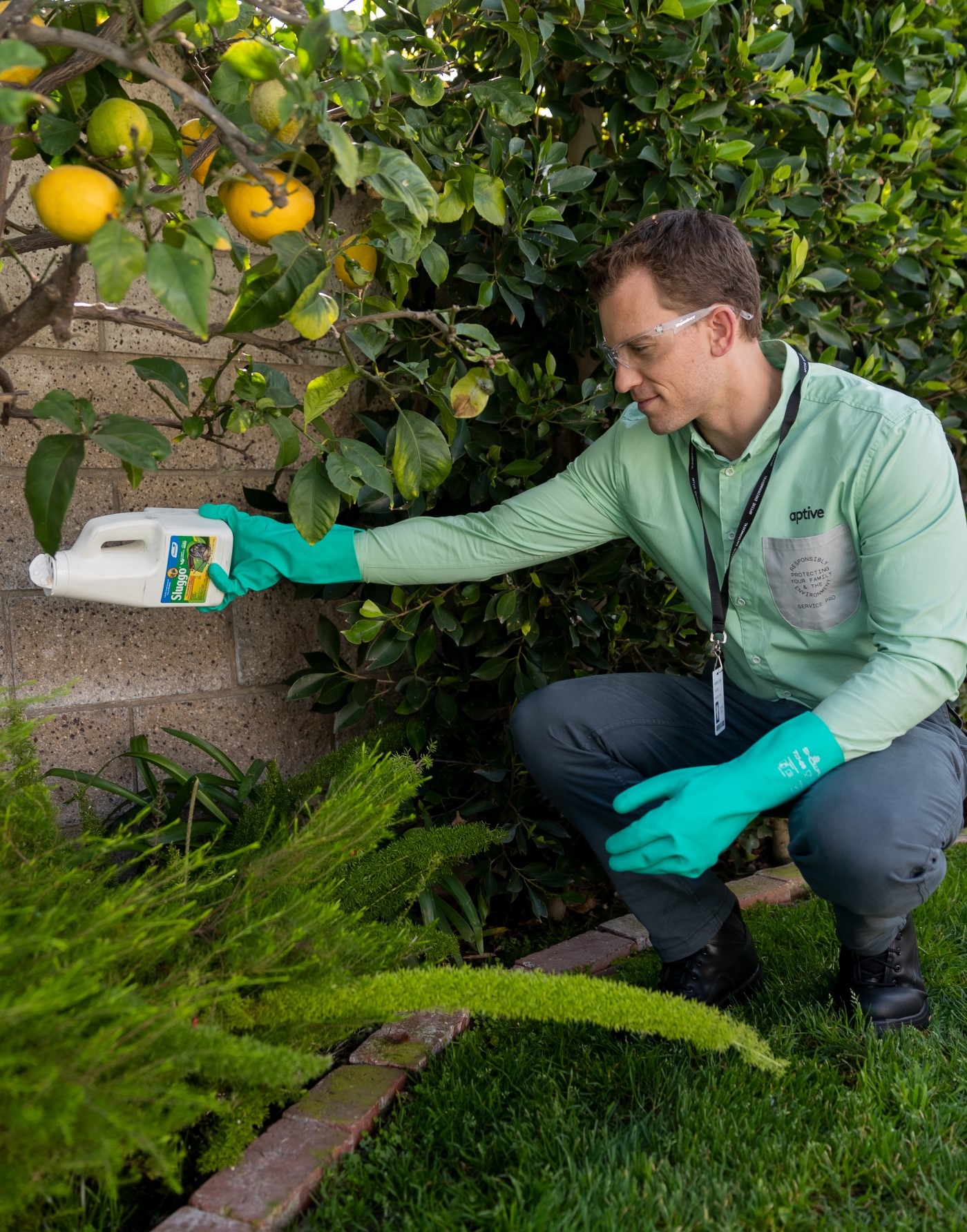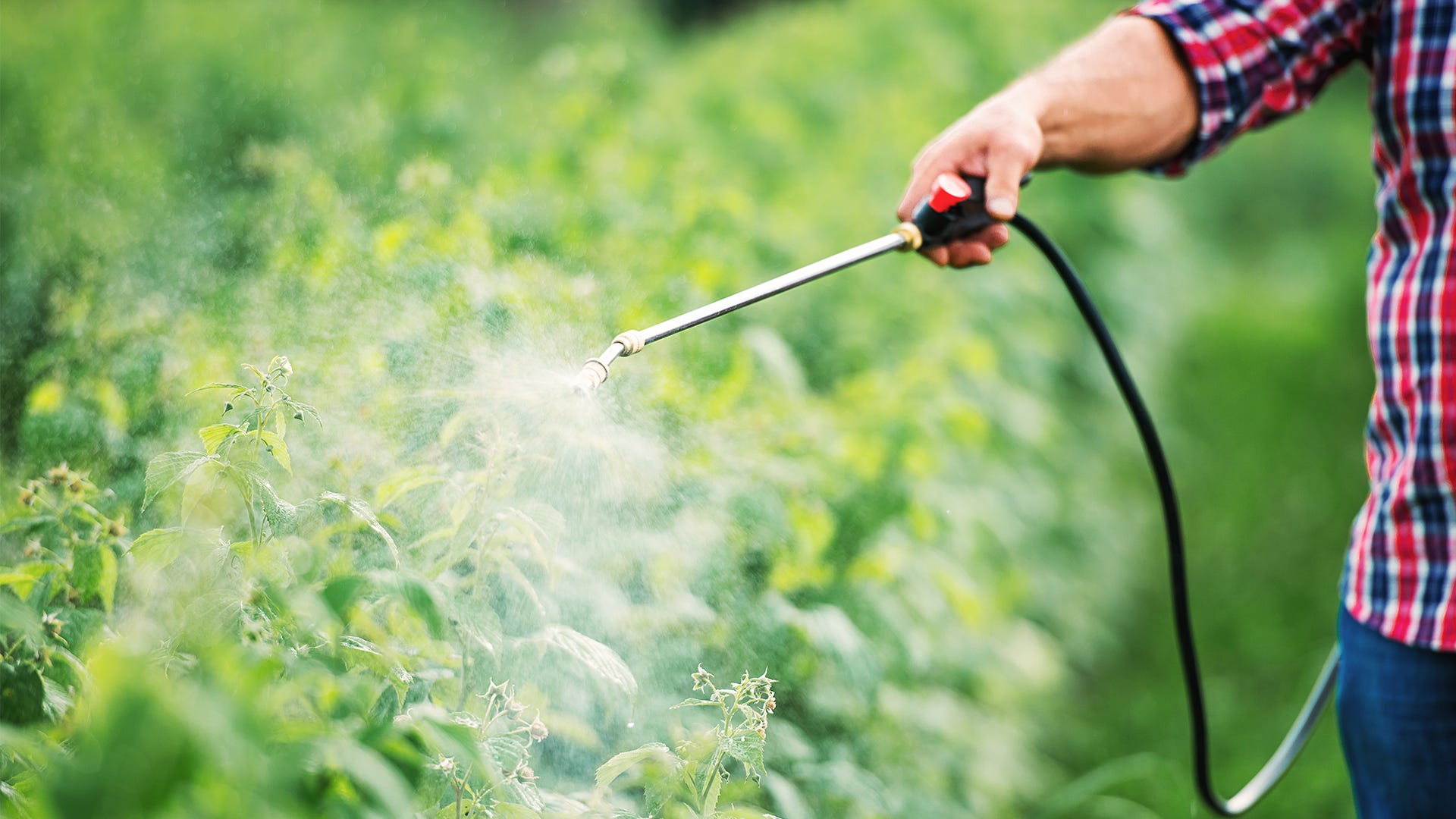Seven Plants To Plant In Efficient Pest Control
Seven Plants To Plant In Efficient Pest Control
Blog Article
Here in the next paragraph you can discover additional wonderful ideas about Plant-based insect repellents.

Summer time corresponds to loads of outdoor enjoyable. However, it likewise suggests that pests are in abundance. Do not be surprised if flies, insects, cockroaches, as well as ants penetrate your residence. If you don't desire unwanted guests to attack your residential property, chemical pesticides is not your only service. You can additionally depend on specific vegetation to maintain scary crawlies away. With calculated use plants, you can decrease making use of toxic insect repellent. Right here are the best plants that do wonders in driving bugs away. And also, these plants provide you an added bonus of visual allure and fantastic fragrance.
Marigold
These golden flowers resemble a ray of sunshine. They will certainly make any kind of room look favorable and dynamic. Best of all, the fragrance of marigolds drive insects away. They even fend off rodents and bunny. Thus, they will make a great addition indoors as well as outdoors. Plant a bed around your house to drive pests while adding to your residence's curbside charm.
Lemongrass
Lemongrass has a good citrus aroma similar to citronella, which is the staple ingredient of natural insect repellants. Though the human nose enjoys the fragrance, it drives mosquitoes outrageous. So go ahead and also plant pots of citronella and maintain them all over your house. You will certainly like the fresh, clean scent undoubtedly.
Lavender
The aroma of lavender is kept in mind for its stress-relieving as well as calming homes. Therefore, numerous studies say that it also promotes good rest. Amusing enough, the very same scent that people enjoy drives insects away. As a matter of fact, you will certainly locate several store-bought sachets with lavender for your cabinets due to the fact that they work remarkably well in turning-off moths. You can likewise maintain potted plants near entrances to keep out moths, fleas, insects, and also also rats.
Chrysanthemums
These blossoms are not just gorgeous yet they have the power to cleanse interior air. They are terrific at removing toxic substances. Most notably, these blossoms ward off ants, lice, fleas, insects, silverfish, ticks, as well as cockroaches. These pretty blossoms will make you smile so go head and put them throughout your house.
Mint
This is a preferred taste for tooth paste, mouth wash, periodontal, as well as even gelato. Numerous people love the special taste which leaves a tingling experience in your taste buds. However the preference and also aroma of mint that human beings enjoy is bothersome for insects. You can diffuse mint vital oils or make your very own mint spay by blending a couple of drops with vinegar and vodka.
Basil
Basil is a wonder natural herb that can be found in handy. You can use it for several dishes like pastas, stews, pizza, salads, and also soups. In addition to being an excellent active ingredient, basil is a large insect turn off due to the fact that they don't such as the scent. If you want insects, particularly mosquitoes as well as flies, far from your home, place pots of basil near your windows and also entranceways. You do not' also require a green thumb to expand basil due to the fact that they are durable plants that are very simple to grow.
Rosemary
Ultimately, consist of rosemary in your natural herb yard due to the fact that they drive insects away. You can maintain pots inside and also outdoors. Besides, sprigs of rosemary repel moths and silverfish. On top of that, this is another wonderful natural herb that you can make use of for cooking.
However, if you do not seem like growing or have a serious problem, you should call an expert exterminator to manage pest colonies. A trustworthy provider can zap them away with environment-friendly chemicals, and also assist you develop a preventative plan with plants and also vital oils.
Why Essential Oils Make Terrible Bug Repellents
We get it: Essential-oil bug repellents sound great. Who wouldn’t want to use a natural plant oil to keep bugs away? But after digging into the research and talking to two mosquito experts, we put essential-oil repellents firmly in the “do not buy” category. Simply speaking, there’s just no way to know how effective they are or for how long. In relying on them, you’re likely heading outdoors with a false sense of security that could put you at greater risk than if you were using nothing at all.
In light of diseases such as Zika and Lyme, the consequences of an ineffective repellent can be dire, so you need one you can trust. A repellent’s trustworthiness starts with EPA approval—a requirement that proves the repellent has been thoroughly tested to confirm that it’s safe and that it performs according to the specifics from the manufacturer. Essential oils have no such standardized oversight, so you’re basically on your own.
What are essential oils?
Essential oils are chemicals extracted from plants that are, according to the EPA (PDF), “responsible for the distinctive odor or flavor of the plant they come from.” You can think of them as the distilled essence of the plant. Studies into plant-based bug repellents, such as this summary from a 2011 edition of Malaria Journal, have shown that some of these oils can repel insects to varying degrees. Those most closely associated with repellency are citronella oil, eucalyptus oil, and catnip oil, but others include clove oil, patchouli, peppermint, and geranium. According to one analysis, “More than 3,000 EOs [essential oils] from various plants have been analyzed thus far, and approximately 10% of them are commercially available as potential repellents and insecticides.” The formulas we found are typically a mixture of multiple oils at very low concentrations, rarely above 3 or 4 percent each, mixed with water or other inert ingredients.
Why essential oils’ lack of EPA oversight matters
Any insect repellent containing DEET or picaridin must undergo extensive, consistent testing under the EPA's product-performance test guidelines, the result of which is a legally binding label on the bottle. That label includes the ingredients, the time of protection, toxicity information, and specific instructions on use and disposal. The tests give you a clear understanding of the repellent, as well as an underlying assurance that it’s safe for use on adults, children, or animals. The EPA categorizes essential oils as a “minimum risk pesticide,” so they don’t undergo this testing. Without it, you can’t confirm what’s in the bottle, whether it’s safe for use, or how effective it is. This also leaves the door open for misleading marketing claims. As Zwiebel told us, “I am very concerned about the lack of regulatory oversight and the ability to disinform or in some cases completely misinform consumers. There is a lot of mayhem out there in the field.”
Regulations aside, they don’t work that well
Even if essential oils were subject to the EPA’s efficacy-testing guidelines, all indications are that they would fall short of repellents containing picaridin and DEET. Essential oils are just not that great at repelling mosquitoes and ticks.
A major problem is the fact that essential oils are very volatile, meaning they evaporate quickly. In 2002, researchers tested seven essential-oil repellents against DEET, publishing the results in The New England Journal of Medicine. Aside from a soybean-based repellent that offered 95 minutes of protection, “all other botanical repellents we tested provided protection for a mean duration of less than 20 minutes.” A 2005 study published in the journal Phytotherapy Research compared the repellency of 38 essential oils and found that none of them, even when applied at the very high concentrations of 10 percent and 50 percent, prevented mosquito bites for up to two hours. (You can expect even less of the repellents we looked at, which had multiple oils with a concentration of roughly 1 to 4 percent.) Another study, this one published in BioMed Research International, states that “insect repellents with citronella oil as the major component need to be reapplied every 20–60 minutes.”
And even when freshly applied, they’re not as strong as picaridin or DEET. Zwiebel, the olfactory expert, explained that a mosquito interprets the world through multiple, sometimes hundreds, of chemical receptors. He likened these receptors to the giant cluster of microphones facing a politician at a podium. The majority of these receptors are tuned to odors, but others sense taste, heat, and humidity. Depending on the species, there can be a lot of them, “hundreds, in some cases.” According to Zwiebel, Anopheles gambiae, the mosquito that carries malaria, has “79 odor receptors, 34 ionotropic receptors, a host of gustatory receptors, heat receptors, humidity receptors.” Through these varied lenses, Zwiebel explained, the smell of a human “is not just one odor, it’s not just one molecule.” He continued, “There's actually many, many molecules that activate a whole range of receptors.”
Repellents work by blocking these receptors so a mosquito or tick can’t find you. Essential oils, as Zwiebel explained, “only block a small, discrete number of receptors.” What makes things even trickier is that receptors are different even between closely related species; Zwiebel said he wasn’t convinced that an essential oil that might work for one species would work across a range of others. Repellents such as picaridin and DEET, on the other hand, block a much wider number of receptors on a more consistent basis, as research like Vosshall’s confirms. This offers repellency across many species.
Given what’s at stake with tick and mosquito bites, we recommend using a repellent with a 20 percent concentration of the active ingredient picaridin, supplemented with a permethrin-based repellent used at least on your shoes for tick protection. Both are EPA approved, and their labeling offers specific instructions on the ingredients, the application, and the duration of effectiveness. If you choose to use DEET, which we also endorse, we prefer a 25 percent concentration. After our full review of essential-oil repellents, we agree with the authors of the 2011 study from Malaria Journal, who write that with essential oils, “[t]here is a need for further standardized studies in order to better evaluate repellent compounds and develop new products that offer high repellency as well as good consumer safety.”
https://www.nytimes.com/wirecutter/blog/essential-oils-terrible-bug-repellents/

I was guided to that write-up on Effective DIY Insect Repellents for Home and Garden from an associate on another website. If you please take a moment to promote this article if you appreciated it. Thanks for going through it.
Request An Estimate Report this page